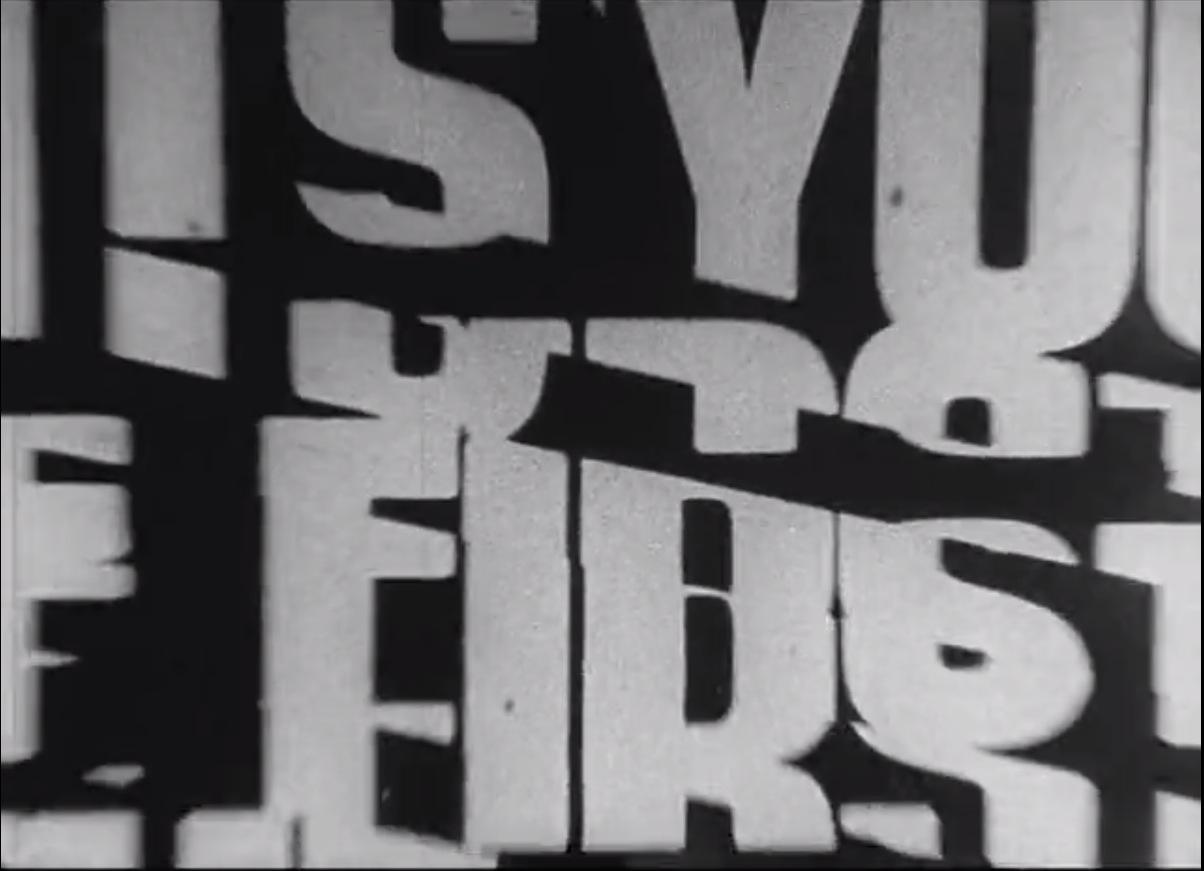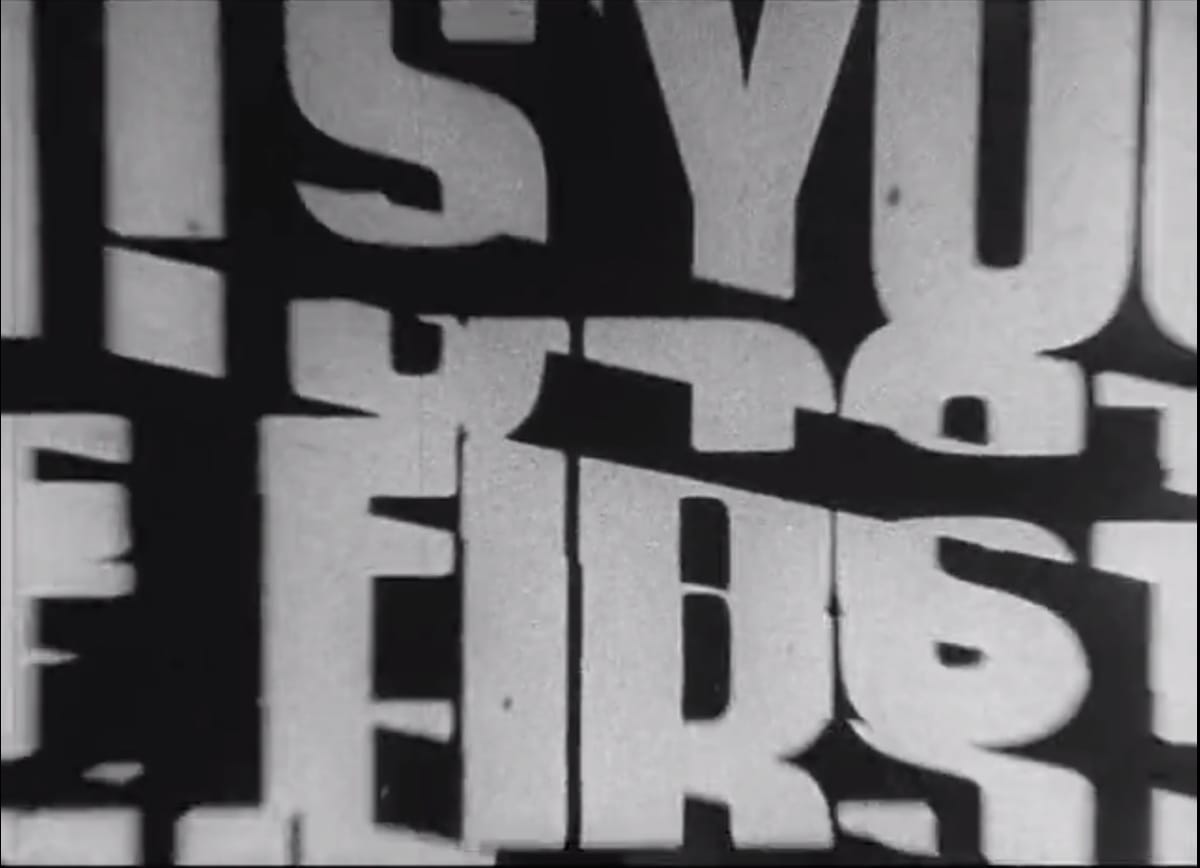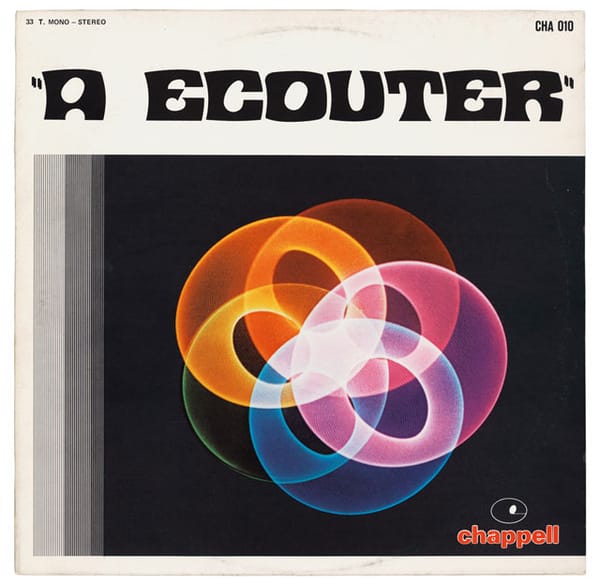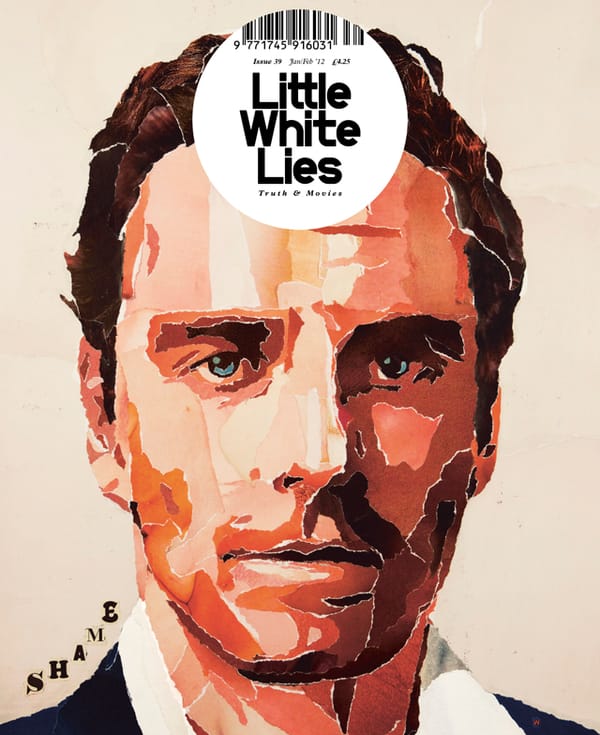In our first post in association with FACT Liverpool and its forthcoming exhibition Type Motion, we share a curated selection of clips from the show, this week focusing on type in artists’ film.

The use of writing as a supporting informational medium in film became standard practice no later than 1907/1908. Writing was and is used in film in four well-known and standarised ways: intertitles, subtitles, start and end titles, opening and closing sequences. In these contexts, writing primarily appears not as an independent means of communication, but as an auxiliary way of compensating for the limitations of film. Perhaps due to techno(logical), dramaturgical, or artistic innovation, or intentionally in the context of the philosophy of writing and various theories of film, media, and perception, since the first avant-garde movements occurred in the 1920s, writing is treated as one equally valid filmic design element among many, diametrically opposed to its conventional function as part of a narration, and thereby achieving valence as an independent aesthetic element in film.






